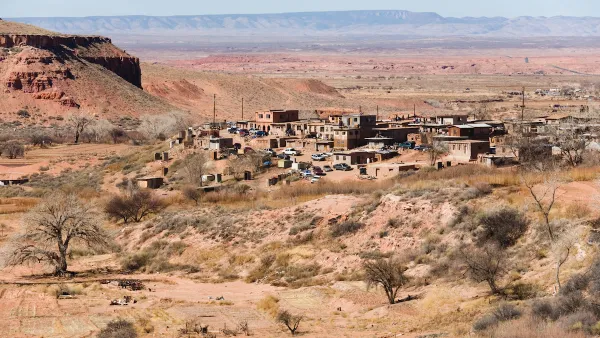Jobs of the future will be located in areas with some of the fastest bandwidth in the world -- and American is in sorry shape, writes columnist Thomas Friedman in The New York Times.
Friedman asserts that the revolution of information technology combined with globalization is leading to greater innovation and creativity across the globe: "The best of these ecosystems will be cities and towns that combine a university, an educated populace, a dynamic business community and the fastest broadband connections on earth. These will be the job factories of the future."
"Therefore, the critical questions for America today have to be how we deploy more ultra-high-speed networks and applications in university towns to invent more high-value-added services and manufactured goods and how we educate more workers to do these jobs - the only way we can maintain a middle class."
However, the United States remains focused on "Getting 'average' bandwidth to the last 5 percent of the country in rural areas, rather than getting 'ultra-high-speed' bandwidth to the top 5 percent, in university towns, who will invent the future. By the end of 2012, he adds, South Korea intends to connect every home in the country to the Internet at one gigabit per second. 'That would be a tenfold increase from the already blazing national standard, and more than 200 times as fast as the average household setup in the United States.'", writes
Thanks to Cathie Pagano
FULL STORY: So Much Fun. So Irrelevant.

National Parks Layoffs Will Cause Communities to Lose Billions
Thousands of essential park workers were laid off this week, just before the busy spring break season.

Retro-silient?: America’s First “Eco-burb,” The Woodlands Turns 50
A master-planned community north of Houston offers lessons on green infrastructure and resilient design, but falls short of its founder’s lofty affordability and walkability goals.

Delivering for America Plan Will Downgrade Mail Service in at Least 49.5 Percent of Zip Codes
Republican and Democrat lawmakers criticize the plan for its disproportionate negative impact on rural communities.

Test News Post 1
This is a summary

Test News Headline 46
Test for the image on the front page.

Balancing Bombs and Butterflies: How the National Guard Protects a Rare Species
The National Guard at Fort Indiantown Gap uses GIS technology and land management strategies to balance military training with conservation efforts, ensuring the survival of the rare eastern regal fritillary butterfly.
Urban Design for Planners 1: Software Tools
This six-course series explores essential urban design concepts using open source software and equips planners with the tools they need to participate fully in the urban design process.
Planning for Universal Design
Learn the tools for implementing Universal Design in planning regulations.
EMC Planning Group, Inc.
Planetizen
Planetizen
Mpact (formerly Rail~Volution)
Great Falls Development Authority, Inc.
HUDs Office of Policy Development and Research
NYU Wagner Graduate School of Public Service





























